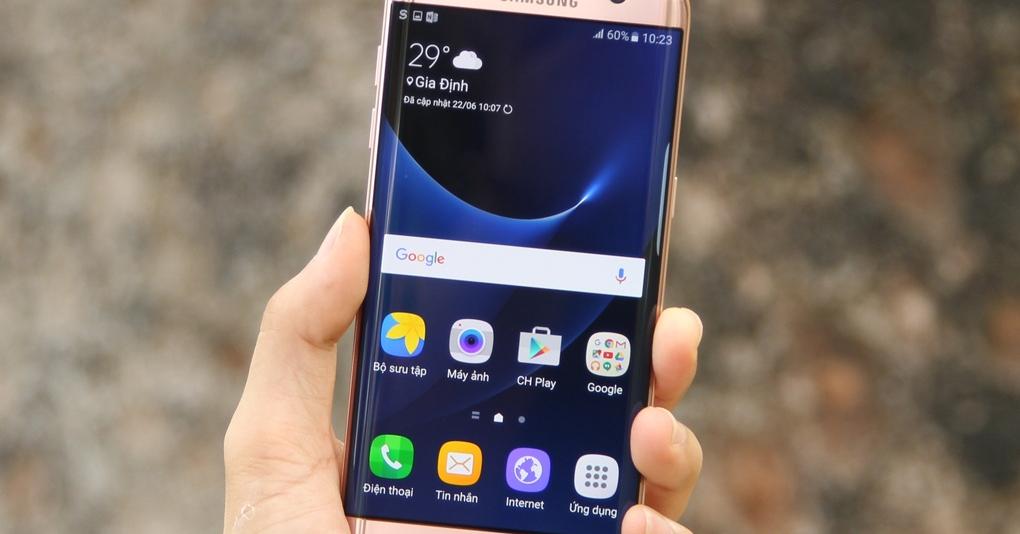LTE came into light in December 2008, and reached to public on December 14, 2009, in Stockholm and Oslo as a data connection through a USB modem. Samsung SCH-r900 was the world’s first LTE mobile launched on September 21, 2010.
Introduction to LTE
LTE commonly referred to as 4G LTE, is a fourth-generation wireless broadband based on GSM and UMTS standards that provide high data rate, low latency, and increased network capacity for cellular devices. It is registered under a trademark owned by European Telecommunications Standards Institute (ETSI). LTE is a standard for wireless data transmission, which is operated on a separate radio spectrum and has the ability to manage multi-cast and broadcast streams and supports fast-moving mobiles. It provides uninterrupted IP communication between packet data networks and user equipment.
LTE has turned smartphones into powerful connected devices by offering low latency and increasing downloading speed up to 100 megabits per second and uploading speed up to 30 megabits per second. With the introduction of LTE, the entertainment industry is experiencing a rapid surge as people are surfing, uploading, downloading videos, audios, sharing knowledge, and creating a path of earning.
What is Private LTE
Private LTE is a curled version of public LTE that provide more control over encryption, access control, and security protocols. It is typically used at airports, business centers, stadiums, and scientific bureaus. Organizations need an LTE microcell or small cell, core network to establish private LTE.
Private network use unlicensed 5GHz band and 3.5GHz band, which is known as citizen broadband radio service (CBRS) in the US. Major players launched smartphones and other cellular devices that support CBRS. For instance, in 2019 Apple introduced CBRS-supported iPhone 11.
LTE Advance
LTE advanced typically known as LTE-A, which fills the gap between 4G and 5G. It is a faster version than standard LTE that provides a downloading speed up to 300 megabits per second. It uses multiple input, multiple output (MIMO) technology to combine multiple antennas on both the receiver and transmitter. It enables higher signal coverage, especially in dense urban areas.
Major Trends in LTE
- Non-orthogonal multiple access (NOMA) is an emerging trend in LTE technology. NOMA serves multiple users at the same time/frequency but with different power levels. It increases the system capacity and can be implemented in different domains such as spatial, power, or code.
- Flexible division multiple access (FDMA) allows adaptive and dynamic allocation of subcarriers to users based on channel quality, and demand. It is compatible with both digital and analog signals and it is a highly efficient filter in radio hardware. FDMA is simple and fast, as it does not require complex coding and can be operated in noisy conditions. It further reduces the latency in data transformation, as it has improved signal capacity.
- LTE support VoLTE, which is voice over LTE that allows to make voice calls via data communication. It provides better voice, faster call setup, and instant messaging. Earlier LTE was only limited to surfing the internet and not for calling.
LTE Smartphones Innovation and Tie-ups
LTE introduction has increased the sales of smartphones, as users shifted to LTE devices that reduce network latency rates. Smartphone manufacturers at domestic and international levels are playing an important role in the global 4G (LTE) devices market to boost the market share. For instance,
- Samsung India and Airtel runs into tie up to promote LTE 4G offerings at their respective outlets. Samsung India retail store provides Airtel LTE 4G sim to the customer while buying 4G smartphones.
- LG Electronics India launched Spirit LTE & G4 Stylus 4G in a tie-up with Reliance Retail.

